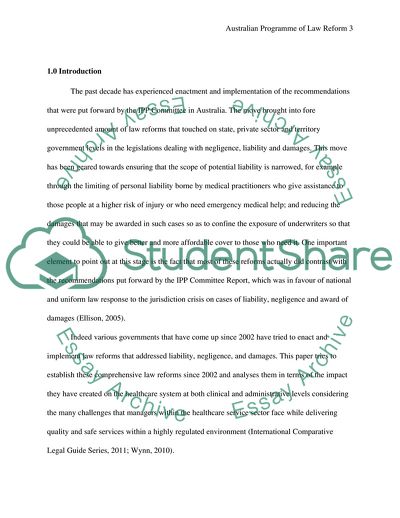Cite this document
(Comprehensive Australian Program of Law Reform Coursework, n.d.)
Comprehensive Australian Program of Law Reform Coursework. https://studentshare.org/law/1758425-comprehensive-australian-programme-of-law-reform
Comprehensive Australian Program of Law Reform Coursework. https://studentshare.org/law/1758425-comprehensive-australian-programme-of-law-reform
(Comprehensive Australian Program of Law Reform Coursework)
Comprehensive Australian Program of Law Reform Coursework. https://studentshare.org/law/1758425-comprehensive-australian-programme-of-law-reform.
Comprehensive Australian Program of Law Reform Coursework. https://studentshare.org/law/1758425-comprehensive-australian-programme-of-law-reform.
“Comprehensive Australian Program of Law Reform Coursework”. https://studentshare.org/law/1758425-comprehensive-australian-programme-of-law-reform.


